Numerous inventions of the 19th - early 20th centuries radically changed ...

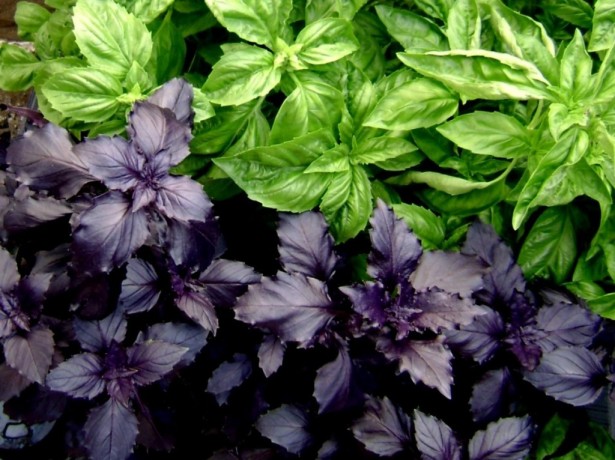
Spicy herbs such as basil, dill or parsley are undoubtedly best prepared for the winter on their own. Greens can be frozen or dried for future use. Today we will talk about how to properly dry basil. This herb is truly unique in its composition and aromatic properties. Basil is popularly called the king of herbs. To dry it without losing the aroma and taste properties, you need to know the intricacies of this process. So how do you dry basil?
Any variety and color of herb can be dried, but purple basil is preferred because it is best able to retain its fragrance.
There are two completely opposite opinions about when to harvest basil for drying. Some argue that this should be done before the flowering period of the plant, while others, on the contrary, at a time when the grass blooms profusely. Both of them argue their position by the highest content of vitamins and aromatic substances.
Basil is also harvested in different ways. Some cut greens with whole branches, while others collect only individual leaves. At the same time, cutting off the whole branch, the remaining stump after a while again begins to grow with fresh foliage. Thus, the greens can be cut several times during the season.

There are several options for air drying. After reviewing the main ones, you will definitely find the right one for you. So:
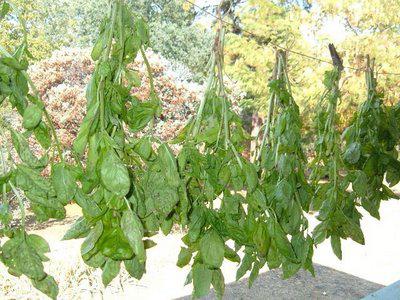
The drying room must be dry and well ventilated.
Watch the video from the children's cooking channel "I'Sabrik" - How to dry basil
Experienced housewives, who often use the method of drying basil in the oven, advise drying the stems and leaves separately from each other. The drying process for different parts of the plant will differ only in the drying time.
Leaves are laid out on baking sheets covered with paper, in one layer. Basil sprigs before laying out are cut into pieces 4-5 centimeters long. The oven is heated to a minimum temperature, preferably not higher than 45 degrees, and basil is placed there.
To ensure good ventilation, a towel folded in several layers or a kitchen potholder is inserted into the gap between the door and the oven itself.
The leafy part of the plant will dry for about 2.5 hours, and the branches for 3-4 hours. After this time, the oven is turned off, and the door is completely closed, and left in this form for 8-10 hours.
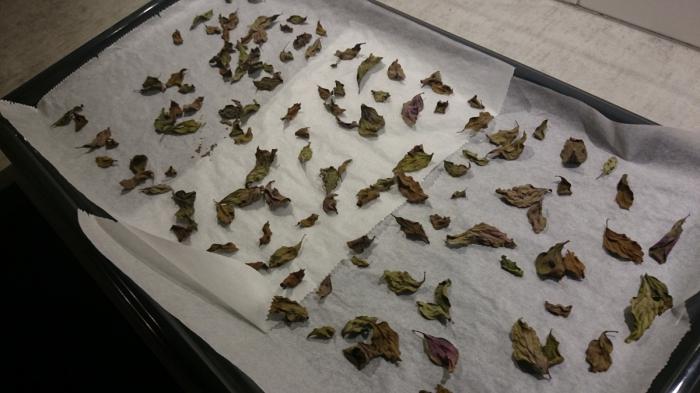
The grass is laid out on the grates of the dryer, pre-chopped, as in the previous recipe. For drying use a special mode "Herbs". If this function is not in your unit, then it should be dried at a temperature of 40 - 45 degrees. Heating temperatures above these values contribute to the destruction of aromatic essential oils.
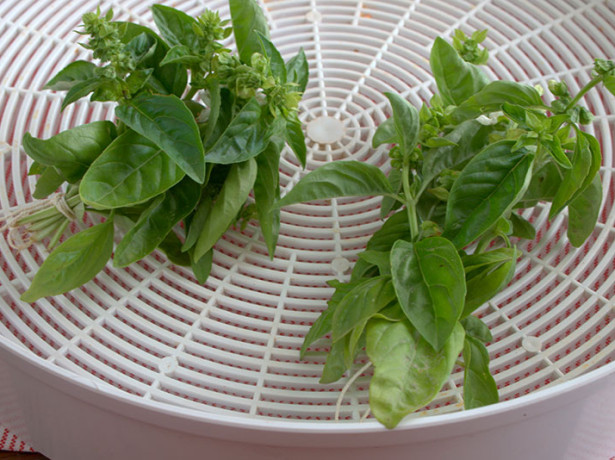
Watch the video from the kliviya777 channel - How to dry basil (we don’t throw away the branches !!!)
The leaves are laid out on flat plates and placed in the microwave for 2-3 minutes at a power of 700-800 watts. Don't forget to place paper towels under the greens. If the basil does not dry out, extend the procedure for another 2 minutes.
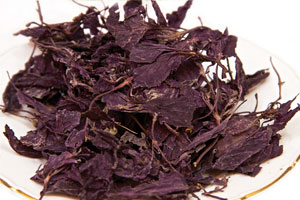
Basil leaves are laid out on paper and sent to the bottom shelf of the refrigerator. The cold will draw moisture out of the product in 2 to 3 weeks. It is believed that this method allows you to preserve the aroma of the original product as much as possible.
Leaves and twigs are stored separately. The leaf part can be ground into powder before being placed in a jar, but experienced housewives recommend grinding the grass just before adding it to the dish.
Store dried spice in dark containers under a tightly closed lid. The storage place must be dry and cool.
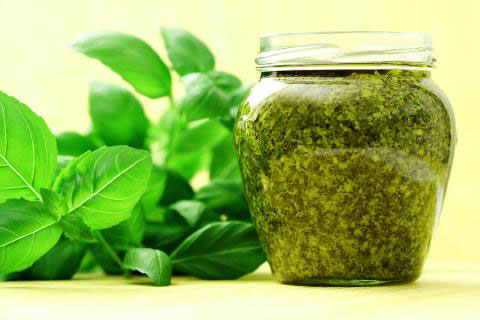
Victoria Nikolaenko, Crimea
Of all the methods of harvesting greens, I prefer drying. I want to know how you can dry basil at home so that it retains its taste and aroma?
At home, both on the street or on the balcony, and with the help of kitchen appliances.
For harvesting dried basil, the material is harvested in late June - early July, before the plant blooms. The second stage is possible in autumn - in September, when the basil gives a second harvest.
There are two ways to dry basil outdoors:
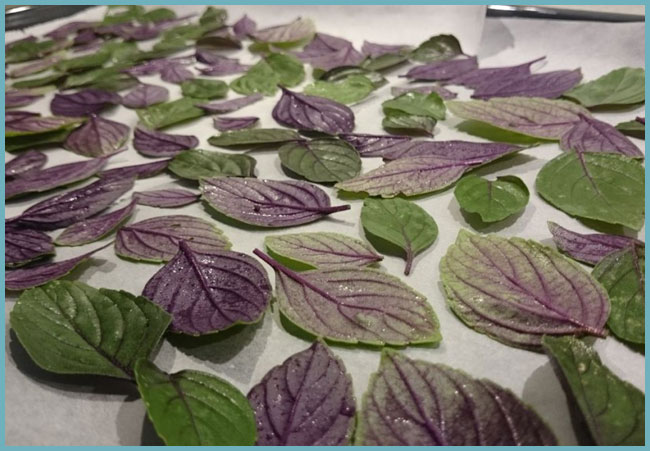
Separate leaves for drying are laid out in one layer.
bunch dried basil considered the most fragrant, and the drying process is very simple. Young branches with 8-12 leaves are cut from the plant. The blanks are washed with water and tied in small bouquets. Bouquets are hung from a rope in the shade on the street, balcony, attic, in the barn.
Important! Under the influence of direct sunlight and high temperature, the essential oils contained in basil in in large numbers, evaporate, and spicy and medicinal properties the basilica is lost.
For basil, the place where it will dry is very important. It must be in the shade, dry and well ventilated. From high humidity during drying, basil acquires an unpleasant odor (hay or rotten), and under the influence of sunlight it darkens, loses its taste and aroma.
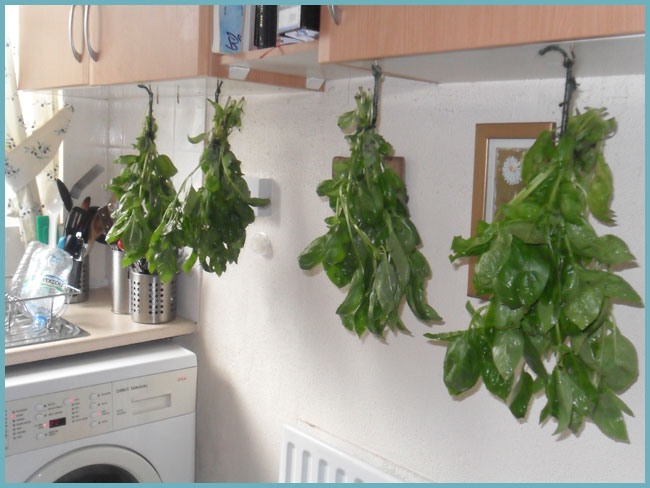
Drying basil in bunches
Basil is dried in this way for up to three weeks. In the future, only spice leaves are used. When the basil is completely dry, you need to cut off the leaves and store in an airtight container.
Can be dried and separate basil leaves. For this, leaves are cut off from freshly cut branches, washed and laid out on a baking sheet to dry. The baking sheet is covered with paper or cloth. Window screens are well suited for drying basil. From above, a baking sheet or grid can be covered with a single layer of gauze so that insects do not sit on the leaves and dust does not get in.
Basil leaves dry for several days. Conditions for drying are the same: shade, dryness, good ventilation. Finally, chop the leaves and put away for storage.
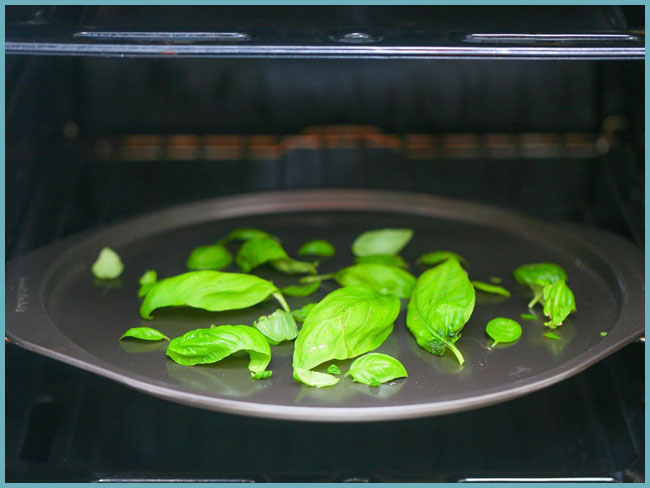
In the oven, basil must be dried at a temperature above 40 degrees
You can also dry basil (like or) in the oven. Prepared leaves are laid out on a baking sheet and sent to the oven. To preserve the aroma, taste and beneficial features basil dried in the oven, you must follow some rules:
Dry the basil in the oven for about an hour. Then the cabinet is turned off, and the basil remains in it for another 12 hours (or overnight). The basil blank is stored in a dark place in an airtight container.
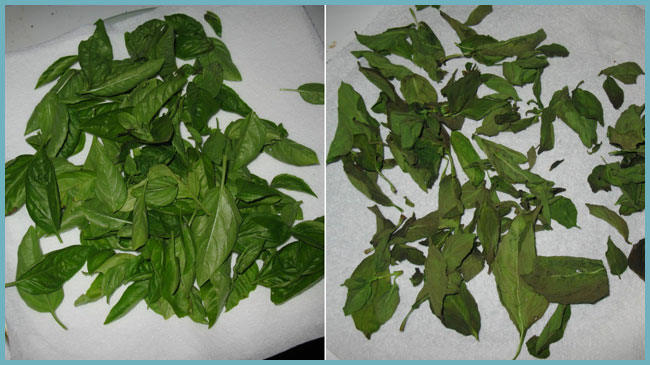
The result of drying basil in the microwave
You can also dry basil in the microwave. This will only take a few minutes. Washed and dried with a napkin, the leaves are placed on a plate. On high power, drying will take 2-3 minutes. During this time, the leaves will dry out and will not lose their gastronomic value. Dried basil blanks are stored in a cool, dark place.
Properly dried basil retains its unique aroma and taste, and the drying process itself is easy and affordable.
Our today's study is dedicated to a herbaceous annual plant with an amazing aroma and aesthetic appearance, grown in gardens and orchards on all continents of the planet, used in cooking, medicine and cosmetology. The source of basil's benefits are the pink, purple and white racemose flowers, and of course the springy green-purple, red-purple, burgundy leaves. You can learn more about basil - how to plant, grow, prepare, dry, store, use basil from this article.
1. How to plant basil. - a heat-loving plant of southern origin, therefore, in central Russia and in colder regions, it is planted in March, first in seedlings to a depth of 1 cm in grooves with a distance between grooves of 7 cm. Shoots appear after 14 days. As the seedlings grow up and get stronger, they are transferred to open ground or to a greenhouse. This is done at the end of May. In the south, you can plant seeds directly in open ground. But before that, you need to prepare the beds. To do this, add to it for every 1 sq. m. 4.5 kg of compost or humus and 1.5 tbsp. wood ash. Many housewives with closed loggias or wide window sills like to grow basil in decorative pots for home use - beautiful and healthy.
2. How to grow basil on the windowsill and in the ground. For growing annual fragrant grass, it must be borne in mind that the soil temperature for seed germination should not be below 11 degrees Celsius. The warmer the ambient temperature, the faster the basil will sprout. Seed germination period is from seven to fourteen days. IN open field It will be possible to observe flowering from June to August, the fruits for seeds will ripen by September. To obtain a good full-fledged herbal leaf saturated with essential oil, you need to provide the plant with abundant watering and protection from drafts.
The soil for planting must be carefully prepared, organic fertilizers applied, dug to a depth of at least a quarter of a meter, thoroughly loosened and moistened before planting the seeds.
During growth, monitor the absence of garden pests on the leaves: aphids, field bugs. In case of infection, remove infected leaves and plants, spray with steam. It is impossible to spray basil with chemicals - its leaves are used directly for human food. Even caring for basil requires weeding and loosening the soil, and of course watering its plants.
3. How to prepare basil. Basil is harvested for the needs of the family constantly, throughout the summer. Most often, only leaves are taken - 2-3 times during the summer. To lay the whole plant for storage, it is cut during flowering, that is, at the moment when it has the most aromatic substances. The crop is harvested twice - in July, and for this it is mowed to the first line of the stem without foliage (at a height of 10 cm from the ground level). From July to September, another crop grows, which is harvested at the end of September.
4. How to dry basil. Drying is carried out in ventilated rooms or outdoors under an awning.
5. How to store basil. The dried herbal mass is stored in dry, ventilated rooms, since moisture and air destroy the aroma and color of the herb. For use, the basil is crushed.
6. Composition of basil. The unique beneficial properties of the plant are due to its composition, which includes tannins, essential oil, glycosides, ascorbic acid, fiber, protein, vitamins A and PP, camphor. The main part of the essential basil oil is the substance eugenol, which reaches its maximum concentration during the period of rapid flowering, because it is found mainly in the inflorescences.
7. How to use basil. Beekeepers plant basil plots to get the wonderful taste of honey in their hives.
Essential oil, pure eugenol and camphor are widely used in the food industry and in perfumery. In addition, they are raw materials to prepare vanillin. The leaves and stem are valued for their rutin and carotene content.
Basil is used in the cuisines of the peoples of the world as a spice that gives the food a fragrant smell and a slightly "cool" taste.
Basil greens have a very pleasant spicy smell of allspice with a slightly cooling salty taste. You can add leaves and seeds to salads, soups, sauces, drinks, meat dishes, hot poultry, minced meat. It is a pleasure to eat fresh basil as an independent dish, a side dish for barbecue, for example. Pickles and marinades also improve their flavor when spiced.
In modern cooking, mixtures of spices with basil have gained recognition, which enhance the taste and aromatic qualities of each other. Rosemary, savory, marjoram, coriander, mint, parsley, tarragon - everything can go into the mixture.
Basil tea is used for diseases of the nervous system, digestive tract, antitussive, asthma, intestinal colic, low blood pressure, inflammation of the urinary organs and to increase lactation for nursing mothers. Preparing it is simple, you need to pour a tablespoon of chopped grass with a large cup of boiling water, cook for 10 minutes, avoiding boiling, leave for half an hour, cool and filter. Drink four times a day before meals, a quarter cup. With the addition of honey, tea acquires properties to stimulate efficiency and brain activity. They can gargle with sore throats and tonsillitis, the oral cavity - with stomatitis and toothache.
The squeezed juice from the leaves of the herb is used in the form of lotions in the treatment of skin eczema and difficult-to-heal wounds.
Baths with basil have calming properties, heal the nervous system. To prepare a bath, grind a bunch of basil herb, along with flowers, stems and leaves, put it in a gauze bag and tie it to a faucet. Fill the bath first with hot water, then dilute with cold water through the bag. The water temperature should be around 37 degrees C.
And, in conclusion, it should be said that there are contraindications for the use of basil. Treatment with basil is contraindicated in ischemic heart disease, heart attacks, diabetes, hypertension, thrombophlebitis. People suffering from these diseases can consume basil in small daily amounts as food.
Basil is a very fragrant herb that many women love to use in cooking. Basil can be found on the beds of summer residents who use it not only fresh, but also dried. But when is the best time to harvest basil for drying for the winter so that it can delight with its aroma until spring and a new harvest.
In order to dry basil for the winter and for a long time it retains its aroma, you need to know what time it is best to collect it. Many summer residents who have been growing basil for more than a year manage to grow two crops in one season. Many who are not lucky enough to have a dacha grow fragrant herbs in pots on the windowsill, but it is worth remembering that not all greens can be dried and stored for the whole winter.
To prepare basil for the winter, it is best to start harvesting it before it begins to bloom. While the first buds appeared. Many summer residents who have been harvesting basil for more than one year believe that if it is harvested during flowering or immediately after it, the plant significantly loses its aromatic properties.
But there is another opinion, which suggests that basil leaves are suitable for drying at the time of flowering of the plant. In this case, no one will give an exact answer to the question of when to harvest basil for drying, it's all a matter of taste. There are two options and each summer resident chooses for himself the one that he likes best.
Which parts of basil are best for drying?
In addition, it is also necessary to say about which parts are collected for drying, in this case, opinions also differed. Some collect only leaves, while others prefer tender twigs. By cutting off the plant completely at the root, you can give it another time to grow again during the season and thereby collect two or even three harvests over the summer. I would also like to mention which of the varieties of basil is better to dry for the winter - purple basil, it is he who retains all his aroma.
Harvesting basil for the winter is a very entertaining process. Since fresh green or purple basil is not stored for a long time, and so you want to please your family with an exquisite taste on New Year and Christmas holidays.
There are several ways to prepare basil for the winter:
For the winter, dried basil goes well with spices such as tarragon, sage, garlic, onion, rosemary. In cooking, fragrant seasoning is used for tomato salads, dishes with cucumbers, beans, zucchini, peas, rice, casseroles, meat and fish.
So, how to dry basil for the winter? Our recommendations:
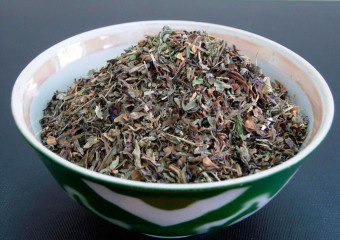
In Poland, traditional scrambled eggs, cottage cheese or yogurt are prepared with a pinch of dry basil. Such dishes acquire an exotic flavor and extraordinary aroma.
You can freeze seasoning as follows:
We use basil prepared for the winter for making sauces, soups, various dishes- we break off a piece of the required size from the entire block, and immediately hide the rest back.
If you want to freeze the whole seasoning, then you need to wash it, dry it.
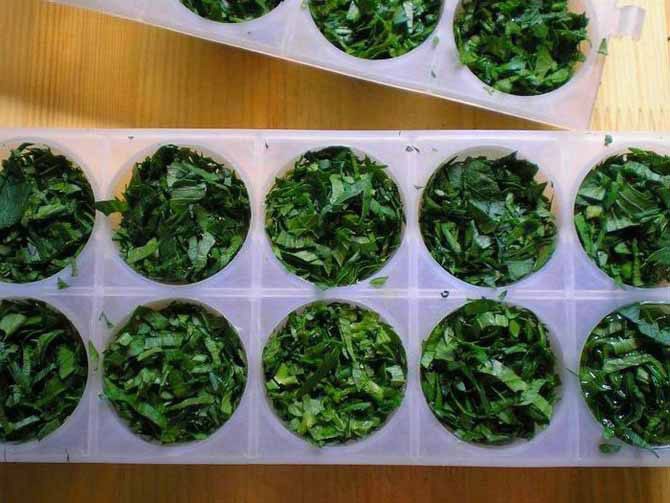
Then spread parchment paper in the freezer tray, put sprigs of greenery or leaves on it at a short distance from each other. After they are a little frozen, we shift them into bags, let out excess air, close and send them back.
You can also prepare this green in the form of ice cubes. Put clean and chopped basil in molds, fill with water.
After the cubes freeze in the freezer, we transfer them to the sealant and send them back to the camera.
We put fresh clean leaves of greenery in a dry jar, pour wine vinegar, preheated. We insist two weeks. After these manipulations, we get a wonderful basil vinegar. It is used in sauces, marinades and salads. Leaves can be used to decorate a dish.
In order to prepare jellied basil for the winter, we need:
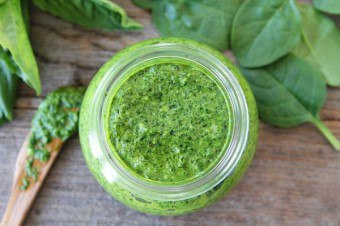
Wash the greens, dry with a towel, cut. We take a clean, dry jar, preferably 300-500 ml, pour the seasoning there, add a little salt. Then fill with oil completely, close well. We store in the refrigerator.
Basil oil is great as a salad dressing.
Only basil has such an interesting and rich smell. So save it for the winter. In the cold season, it will become a spicy treasure for your dishes!